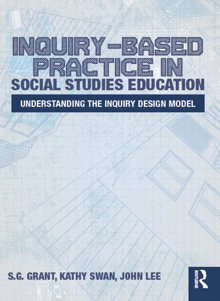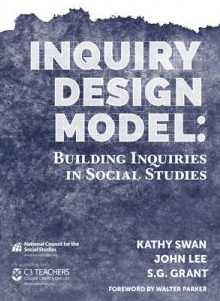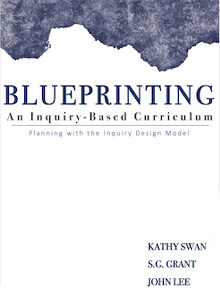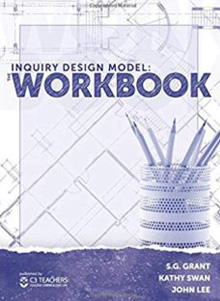

My name is Kathy Swan and I am a social studies professor at the University of Kentucky. Over my career, I have been committed to the practice of inquiry as a centerpiece of good social studies. Collaboration has always been central to my work and I have had the opportunity to work alongside great colleagues, students, and organizations over the years. Below, I outline some of the collaborative projects that illustrate my efforts in furthering the inquiry revolution, including the development of the C3 Framework (2013), C3 Teachers (2013), the Inquiry Design Model (2014), and Making Inquiry Possible (2021).
I served as the lead writer and project director of the College, Career, and Civic Life Framework for Social Studies (C3 Framework) adopted by the National Council for the Social Studies in 2013. The C3 Framework features four dimensions that form an Inquiry Arc, laying out a process for students to ask questions about the social world, use disciplinary concepts and tools from social studies, analyze and argue about what they learned, and apply that knowledge to the real-world challenges of today.
Use of the C3 Framework in upgrading state social studies standards is impressive. We have seen states like Vermont (2017) and Hawaii (2018) adopt the document almost whole cloth. Other states like Connecticut (2015), Illinois (2016), Iowa (2017), Michigan (2019), and Kentucky (2019) wove a version of the C3 Inquiry Arc into the fabric of their state standards. Other states like New York (2014) and California (2016) explicitly acknowledged the Inquiry Arc as a way to explore disciplinary content and skills. Although there are differences in its use, we are delighted that the document has been such a useful resource to states and that inquiry is making its way into policy conversations about meaningful social studies.
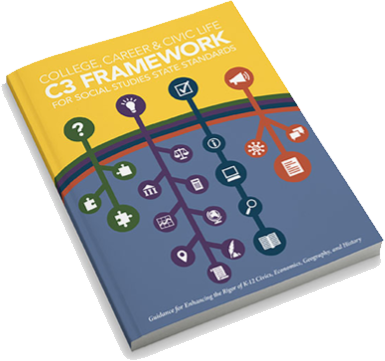
With the publication of the C3 Framework (2013), my colleagues (John Lee and S.G. Grant) and I launched the C3 Teachers network to activate and energize teachers around inquiry. What started in 2013 with 10 teachers blogging their impressions of the C3 Framework has grown to a network of 16,000 teachers designing and teaching inquiry. There are over 350 inquiries available on the site along with an active collection of bloggers sharing stories from their inquiry classrooms. The site is organized around hubs of educators in states and organizations who are building up their own inquiry cultures to enliven social studies and to sustain inquiry as the core of the curriculum.
C3 Teachers has partnered with the National Council for the Social Studies (NCSS) to publish a number of books and a recurring column we edit in their flagship journal, Social Education. We also co-host an IDM conference every summer in partnership with NCSS. Our attendance is wide ranging including attendees from across the United States (Vermont to Hawaii) and from around the world (Japan to the Netherlands)!
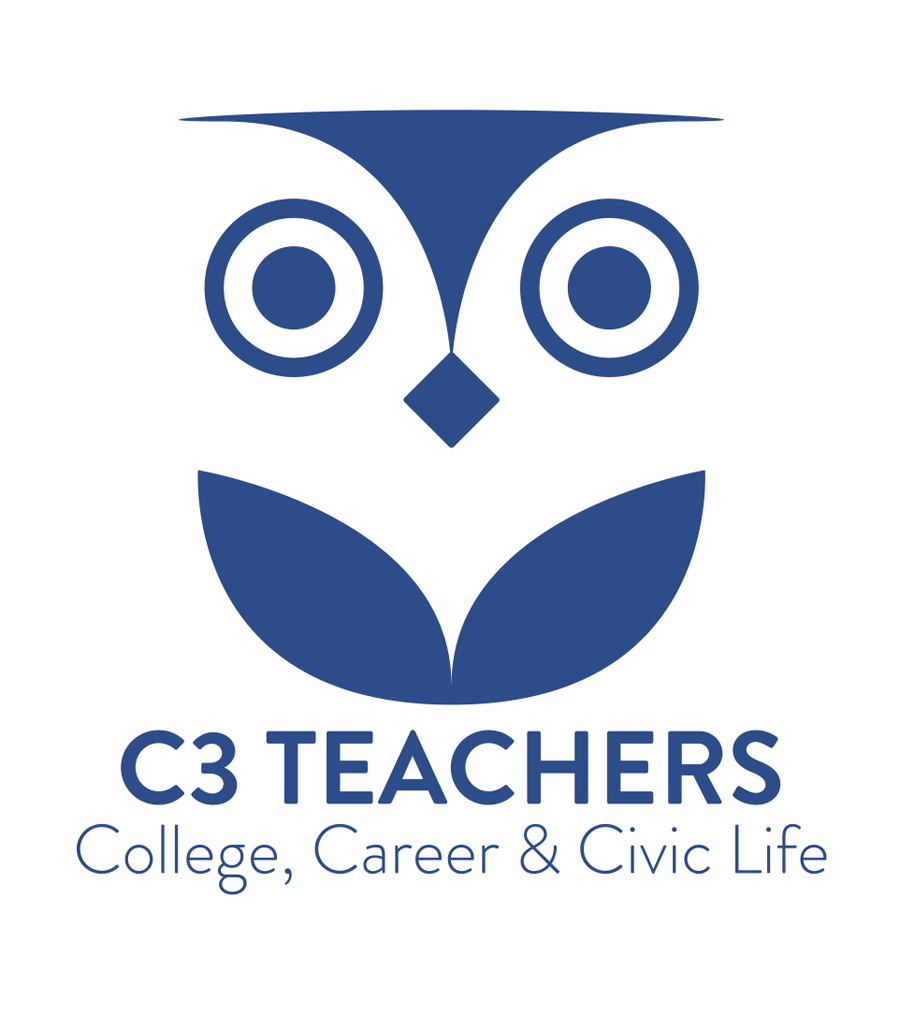
Based on the four dimensions of the C3 Framework Inquiry Arc, S.G., John, and I developed the Inquiry Design Model (IDM). Standards are helpful as they offer teachers curricular guideposts--the key markers that students need to hit. But standards are not the same thing as curriculum. So, we created IDM as a way for teachers to craft curriculum inquiries that promote inquiry-based teaching and learning.
Oriented around questions (compelling and supporting), tasks (formative and summative), and sources (primary and secondary), IDM reflects the central components of classroom inquiry through the use of a one-page blueprint. One impact of this approach is to offer a common vocabulary and a common architecture that teachers, teacher educators, and curriculum developers of all types can employ. Doing so offers these different groups opportunities to talk with one another rather than by one another.
Need help getting started with Inquiry Design Model? Visit C3 Teachers for free resources or see the books below!
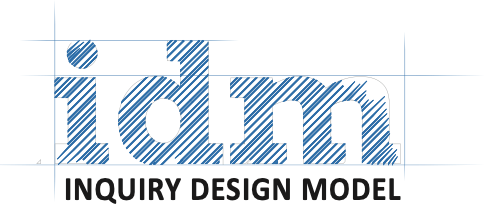
Our latest project is Making Inquiry Possible Project (MIP). MIP is a professional learning initiative that features a series of documentary films and professional learning materials designed to assist educators in implementing inquiry and to facilitate discussions about the triumphs and challenges that teachers, students, and districts experience as they put inquiry-based standards into practice. I served as the project director and executive producer of the MIP project working alongside my C3 colleagues. These films represent my directorial debut! Check out the films on the site or take a look at the Director's Cut
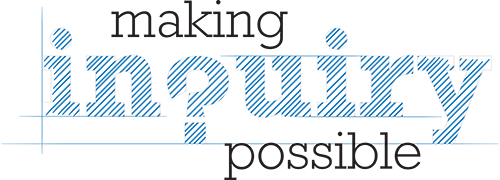
The Inquiry Design Model (IDM) is a distinctive approach to creating curriculum and instructional materials that honors teachers' knowledge and expertise, avoids over prescription, and focuses on the main elements of the instructional design process as envisioned in the Inquiry Arc of the C3 Framework. Unique to the IDM is the blueprint, a one-page representation of the questions, tasks, and sources that define a curricular inquiry. We have written lots o' words about IDM - See below:
I have also collaborated with a variety of professional organizations to do inquiry! A few of those collaborations are highlighted below:
- In 2014, I was awarded the Goldman Sachs Fellowship at the Smithsonian's National Museum of American History Museum and developed a course on Teaching History with Historical Objects: Click here to see.
- Along with my colleagues, John Lee and SG Grant, I worked with 30+ social studies organizations to produce Teaching the C3 Framework Volume 1 (2014) and Volume 2 (2018).
- I have developed a number of teaching tools and resources in collaboration with Teaching Hard History a project of the Southern Poverty Law Center. See Teaching Hard History, Teaching American Slavery through Inquiry (2018): Click here to see
- Last year (2020), I worked alongside my doctoral students to adapt lessons to inquiry for the Council for Economic Education. See the C3 Teachers Hub for more
- My latest collaboration (2021) is working with Imagine Learning to develop Traverse, a brand-new 6-12 social studies curriculum designed using the C3 Framework and Inquiry Design Model.
